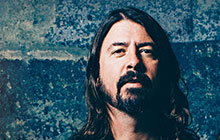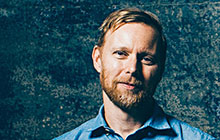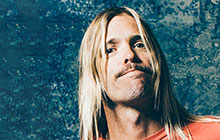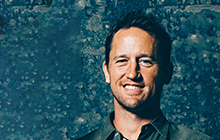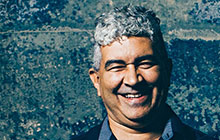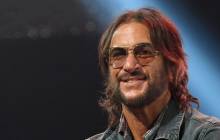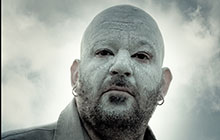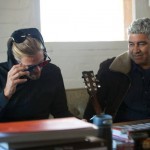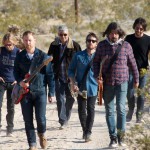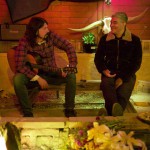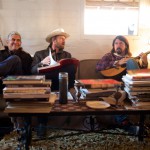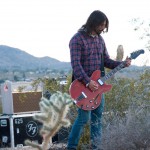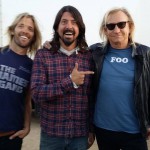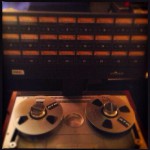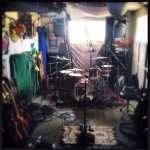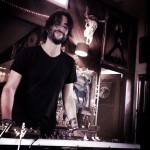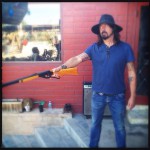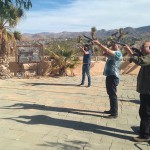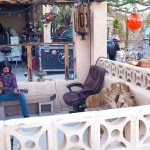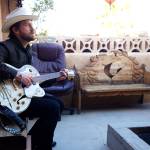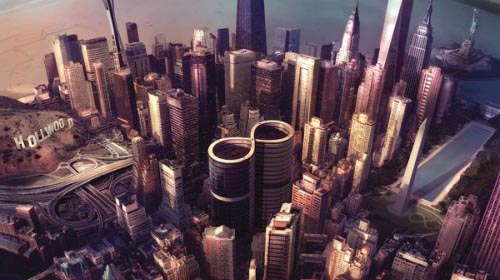Session Information
When Dave Grohl was choosing the final eight locations for his Sonic Highways project the selections usually boiled down to one of two reasons – either the band didn’t have any strong connection to the city at all and wanted to properly explore them or the opposite, it was a city of huge personal significance to them. In selecting Los Angeles, it was certainly towards the latter. Whilst only guitarist Pat Smear could claim any real historical memories of the city having lived there most of his life, each member of the band had spent a lot of time in and around the famous city, with Dave living in Hollywood for a couple of years in the nineties and later moving to the neighboring Encino a decade or so later. The other members of the band also all now lived in the area and owing to that fact Foo Fighters would also set up base with their studio in the north of the city in late 2004. This lead to many in the industry today considering them a “Los Angeles Band”, even though they themselves have never felt that way.
When planning out the episode and accompanying recording session Grohl was keen to explore not just the main city itself and all the famous haunts, but also travel slightly further afield. Joshua Tree is a small community approximately two hours east of L.A., situated close to the national park of which it is named. With a population of just 7,500 people the town is a far cry from the hustle and bustle of the big city, with just a few significantly built up areas.
Just outside the main residential areas and into the desert is Rancho De La Luna, the private home and recording studio currently owned and operated by Dave Catching, co-founder of the stoner rock band ‘earthlings?’ and occasional member of Queens of The Stone Age and Eagles of Death Metal.
Since the early 1990s, Dave and his friend Fred Drake had operated the studio, allowing various artists the ability to record music away from the glamour and pressure of the big city. In 2002 Fred Drake died of cancer and ever since Dave has continued to live at Rancho and operate the studio.
Dave Grohl first experienced ‘Rancho’ and desert atmosphere in 1997 and returned several times in the following years, collaborating with Catching on his ‘earthlings?’ records among other projects. For Dave, it was deemed the perfect choice of studio for the documentary series, rather than just heading into one of the many professional studios in the heart of the city which everyone was already familiar with. “I didn’t want to focus on all of those iconic studios like Ocean Way Recording or Record Plant and the decades of history and industry in the city,” said Grohl of his choice. “I wanted to get outside of that because that’s how I feel when I’m there. It can be overwhelming in Los Angeles. It can get to you. I didn’t want to focus on the glitz and glamour because that’s what people usually focus on.”
Whilst Rancho De La Luna is now long established as a recording studio it is still a far cry from the professional installations found in the big city. “If you were to take a book, a home studio book of the do's and don'ts, Rancho literally has all the don'ts,” claimed longtime performer at the studio, Josh Homme. The live tracking room is one of the smaller rooms in the house and no specialist acoustic treatment has ever been performed on the tiny space. Despite these drawbacks, recording at the studio had always been easy for Homme – “Recording there is somehow effortless and simple. You know, two wrongs don't make a right, but 40 wrongs do.”
Foo Fighters arrived in the desert in mid-April 2014 and began the process of loading in their equipment, or rather what could fit. Just one of their Studer A827 24-Track tape recorders could be installed and with such a tiny ‘live’ room, most of their microphones and outboard gear simply did not fit, having to make do with what was already at the studio and whatever they could squeeze in.
Despite living in LA the longest guitarist Pat Smear had never been out in the desert before, an eye-opening experience for the city dweller. “I had never even been out in that general area before,” said Smear. “So, I didn’t know what to expect. And it was not something you could imagine, that’s for sure!”
Inspired by the laid-back environment of the studio the band worked in a very casual manner, ideas being bounced around as they ran through live takes of the song selected for the studio. “Everybody just, kind of, let it flow. We didn't really think twice. We just made decisions really quickly,” said Grohl. “There is something about this place that forces you to relax. Out here there's not a lot to distract you.”
Like all the songs they’d recorded so far a guest musician was lined up to feature on ‘Outside’. Through mutual friend Drew Hester the band had persuaded The Eagles legend Joe Walsh to contribute guitar to the track and spending two days out in the desert Walsh performed a trademark solo across the breakdown section of the song. Drummer Taylor Hawkins was a huge fan of Walsh, The Eagles, and his earlier band The James Gang and working with the man himself was a huge thrill. “I've had a few moments in my life where I've gotten to play with people who I think are just so fucking important,” said Hawkins of the experience. “I'm sorry but how awesome does it sound to have Joe Walsh and the Foo Fighters? It's fucking rad! It's amazing!”
When it came to recording vocals no special isolation booths were set up, Grohl instead performing in the same small live room as they had laid down the initial instrumentals. Just a few takes were required to get the freshly written lyrics down with Grohl then heading off for some recreational activities outside the Ranch – shooting and a little off-road biking.
‘Outside’ was included as the fifth track on the ‘Sonic Highways’ album.
